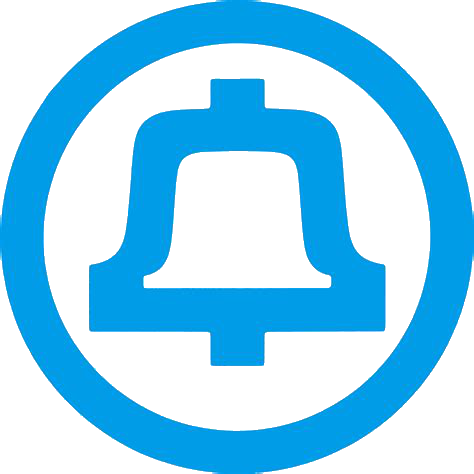Centralized Automatic Message Accounting: Difference between revisions
wrote some of the article |
wrote more of the article |
||
| Line 4: | Line 4: | ||
== History == | == History == | ||
Until the 1960s, it was common for long distance calls to be handled by operators, who would connect the call, and create a billing record for it. Those billing records (known as tickets) were manually collected and accounted for, also by humans. As [[Direct Distance Dialing]] (DDD) became a real possibility, it was necessary to automate the process of billing for long distance calls. | Until the 1960s, it was common for long distance calls to be handled by operators, who would connect the call, and create a billing record for it. Those billing records (known as tickets) were manually collected and accounted for, also by humans. As [[Direct Distance Dialing]] (DDD) became a real possibility, it was necessary to automate the process of billing for long distance calls. For larger, busier offices, the initial cost to outfit them for LAMA was acceptable, but for other offices, the investment of time and money for LAMA wouldn't have made financial sense. Because these offices still had to participate in the long distance network, it was necessary to devise another method of billing for customer-dialed long distance calls. | ||
The earliest versions of CAMA used operators to identify the calling line for long distance calls. The subscriber dialed the telephone number they wished to call, and before the call was fully connected to the terminating switch, an operator in a nearby tandem office was connected in to the line. This operator asked the caller for their telephone number, and recorded this information before sending the call on its way. Calls that were handled in this way were known as "operator identified" and the process itself became known as "ONI" or Operator Number Identification. | |||
To accomplish the full realization of CAMA, the originating switch needed a way to automatically identify the calling party, and transmit that information to the tandem office where billing records were collected. | |||
Revision as of 06:11, 24 March 2025
Centralized Automatic Message Accounting (CAMA) is a method of billing where call detail records are transferred to a central location from outlying offices. At the central location, the data is aggregated and recorded for processing into bills that can be sent to customers. CAMA is in direct contrast to LAMA (Local Automatic Message Accounting), where billing information for a telephone switch is stored locally and not transmitted elsewhere.
CAMA was developed in the 1950s in order to make automatic billing of long distance calls possible.
History
Until the 1960s, it was common for long distance calls to be handled by operators, who would connect the call, and create a billing record for it. Those billing records (known as tickets) were manually collected and accounted for, also by humans. As Direct Distance Dialing (DDD) became a real possibility, it was necessary to automate the process of billing for long distance calls. For larger, busier offices, the initial cost to outfit them for LAMA was acceptable, but for other offices, the investment of time and money for LAMA wouldn't have made financial sense. Because these offices still had to participate in the long distance network, it was necessary to devise another method of billing for customer-dialed long distance calls.
The earliest versions of CAMA used operators to identify the calling line for long distance calls. The subscriber dialed the telephone number they wished to call, and before the call was fully connected to the terminating switch, an operator in a nearby tandem office was connected in to the line. This operator asked the caller for their telephone number, and recorded this information before sending the call on its way. Calls that were handled in this way were known as "operator identified" and the process itself became known as "ONI" or Operator Number Identification.
To accomplish the full realization of CAMA, the originating switch needed a way to automatically identify the calling party, and transmit that information to the tandem office where billing records were collected.
